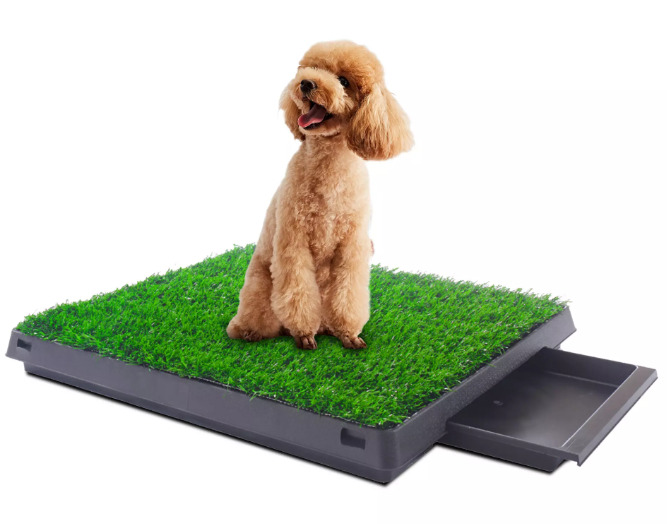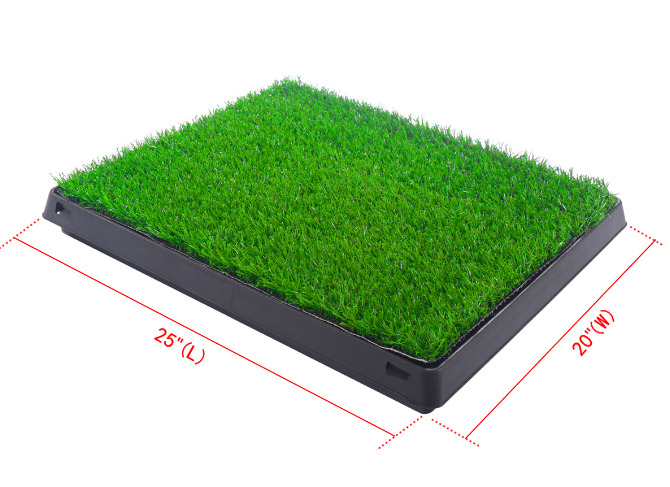Dog training is a crucial aspect of owning a dog. It not only helps establish a strong bond between you and your furry companion but also ensures their safety, well-being, and good behavior. Whether you’re a first-time dog owner or looking to refine your training techniques, understanding the basics of dog training is essential. In this blog post, we will explore the seven fundamental principles that form the foundation of effective dog training.
Positive Reinforcement for Dog Training
Positive Reinforcement
Positive reinforcement is a cornerstone of dog training. This method involves rewarding your dog with praise, treats, or play whenever they exhibit the desired behavior. By reinforcing good behavior, you encourage your dog to repeat it in the future. Positive reinforcement creates a positive association in your dog’s mind, making training a more enjoyable and successful experience for both of you.
Reinforce Good Behavior
Dog training shouldn’t be limited to formal sessions. Reinforce good behavior in your dog’s daily life by incorporating training principles into everyday interactions. For example, reward your dog for calmly greeting guests, sitting before meals, or waiting at doorways. Consistently reinforcing desired behaviors in real-life situations helps solidify their training and encourages consistent obedience.
Consistency and Patience for Dog Training
Consistency
Consistency is key when it comes to dog training. Dogs thrive on routine and clear expectations. Establish consistent rules, commands, and boundaries, and ensure that all family members or caregivers follow them consistently. Inconsistency can confuse your dog and hinder the training process. By maintaining a consistent approach, you provide your dog with a clear understanding of what is expected of them.
Patience and Persistence
Dog training takes time and patience. Dogs learn at their own pace, and it’s important to be patient and persistent throughout the process. Avoid getting frustrated or resorting to punishment. Instead, break down the training into small, achievable steps and celebrate each success. Remember that your dog is constantly learning and growing, and with persistence, they will gradually master the desired behaviors.

Clear Communication in Dog Training
Timing and Clarity
Timing and clarity in your commands and cues are vital for effective communication with your dog. Dogs respond best to immediate feedback, so it’s crucial to reward or redirect their behavior at the right moment. Use clear, concise commands and gestures in dog training that your dog can easily understand. Reinforce these commands consistently, and over time, your dog will associate them with specific actions or behaviors.
Body Language Awareness
Understanding and interpreting your dog’s body language is crucial during training. Dogs communicate through their body postures, facial expressions, and tail wagging. By learning to recognize signs of stress, fear, or relaxation, you can effectively gauge your dog’s emotional state and adjust your dog training methods accordingly. This awareness helps create a positive and stress-free training environment.
Problem Solving
Dog training also involves addressing behavioral issues or problem behaviors. Common problems include chewing, jumping, excessive barking, or separation anxiety. When dealing with problem behaviors, it’s important to identify the underlying cause and address it appropriately. Seek professional guidance if needed, as certain issues may require specialized training techniques or behavior modification.
Socialization and Distraction Management
Socialization
Proper socialization is essential for a well-rounded and confident dog. Expose your dog to various experiences, environments, and other dogs and people from an early age. Gradually introduce them to new stimuli in dog training, ensuring positive interactions and rewarding calm and appropriate behavior. Socialization helps prevent fear or aggression-related issues and allows your dog to navigate the world with confidence.
Distraction Management
Dog training in real-world situations can be challenging due to distractions. Teaching your dog to focus and obey commands amidst distractions is crucial. Gradually expose your dog to distractions while training, starting with low-level distractions and gradually increasing the difficulty. Use positive reinforcement to redirect their attention back to you and reward them for maintaining focus in distracting environments.

Ongoing Education and Well-being
Ongoing Education and Enrichment
Dog training is a lifelong journey. Stay updated on the latest training techniques, attend obedience classes or workshops, and seek professional guidance if needed. Additionally, provide your dog with mental and physical enrichment through interactive toys, puzzles, and regular exercise. A well-stimulated dog is more receptive to training and less likely to exhibit undesirable behaviors.
Health and Well-being
A dog’s physical and mental well-being greatly impact their ability to learn and respond to training. Ensure your dog receives regular veterinary care, a balanced diet, and plenty of exercise. A healthy and well-exercised dog is more attentive, responsive, and better equipped to engage in dog training activities. Additionally, mental stimulation through puzzle toys, interactive games, and training sessions helps keep your dog mentally sharp and focused.
Clicker Training
Clicker training is a popular technique that uses a clicking sound to mark desired behavior, followed by a reward. The clicker acts as a precise marker, signaling to the dog that they have performed the correct behavior. This method helps in shaping behaviors and provides clear communication between you and your dog during training sessions.
Mastering the art of dog training requires a solid foundation built on positive reinforcement, consistency, patience, and clear communication. By incorporating these seven basics of dog training into your approach, you can create a harmonious and mutually rewarding relationship with your four-legged friend. Remember, training is a continuous process that requires ongoing education, adaptability, and a commitment to understanding and meeting your dog’s individual needs.